
Ho Le is a village of the Van Kieu ethnic minority located in the middle of the Truong Son mountain range, close to the Vietnam-Laos border, in Khe Sanh commune, Quang Tri province.
The greatest motivation for teachers from the lowlands to come to Ho Le village is the smiles and clear eyes of their students every day they come to class. Each letter they write, each story they tell in Vietnamese, is a reward more precious than any title of a teacher.
boundless love
After nearly an hour of walking, sometimes having to cross high mountains, with white clouds hovering overhead, we arrived at Ho Le village. The first impression that surprised and impressed me was Ho Van Nguyen in the 3-5 year old mixed kindergarten class. He had a small body, and wore a tiny bell on his leg. With each step he took, the bell rang softly. When asked, I learned that his parents were afraid he would get lost in the mountains and forests, so they put a bell on his leg. He had legs that were not as strong as his friends, but he had never missed a class. On rainy or windy days, his mother still carried him across streams and steep, bumpy paths between the village to get to class.
Ho Le kindergarten teacher Vo Thi Van shared that each jingle bell at Nguyen's feet is like a gentle reminder that no matter how difficult it is, as long as he has dreams and the love of his parents and teachers, he will still reach knowledge. Ho Le kindergarten class has more than 20 children, each with different circumstances, the most common point is that every child wants to go to school, every family has a burning dream for their child to learn and write Vietnamese fluently.
Ho Le school is a remote highland school, located far from Khe Sanh commune center, one of the most remote schooling locations in Quang Tri province. Ho Le has preschool and primary school levels. The preschool level belongs to Huc preschool school, the primary level belongs to Huc primary school. The primary level has seven teachers, the preschool level has two teachers. Each teacher often has to teach two to three classes, taking on all the roles from homeroom teacher, to school health worker and even roof repairman, building classroom walls when tornadoes and storms come and cause damage. Many people often jokingly say that the road to Ho Le village not only tests the flexible legs but also the heart of the teacher. Because only love for the job, love for children and the belief that words can change the lives of students can help teachers stick together and persevere in the classroom at that source for decades.
Combined lessons often take place in the same class with two different curricula. Teachers must arrange so that when one class does homework, the other class listens to the lecture and vice versa. All teaching activities are carefully prepared, from teaching materials to instruction methods. The biggest challenge is how to make sure that every student in the class is cared for and does not feel forgotten.
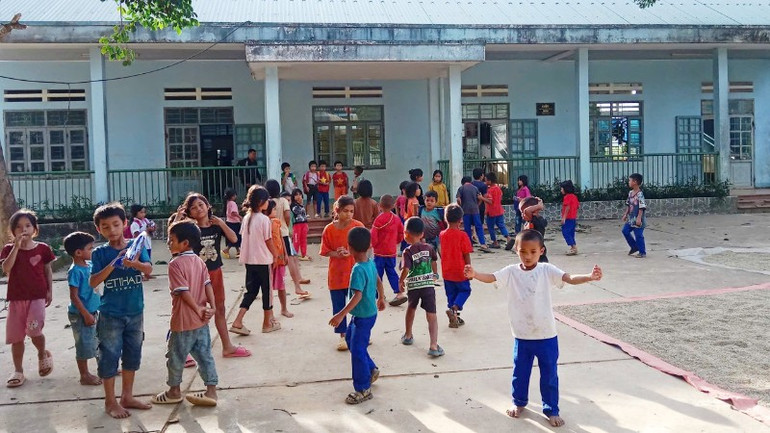
Mr. Nguyen Van Sanh, Head of Ho Le School, said that for students, Vietnamese is like a door opening to a new world . They are only familiar with the mother tongue of the Van Kieu ethnic minority. The very important task of teachers is always to find ways to arouse students' love for Vietnamese through songs, games, and stories related to their daily lives. Teachers encourage students to tell stories in Vietnamese, even if only a few short sentences. Students initially encountered many difficulties learning Vietnamese.
To help students become more confident, teachers must learn the Van Kieu language, visit each house to visit, share and encourage parents. Thanks to perseverance and sincere affection, students gradually become more open, trust and consider teachers as family members, only then are they willing to learn Vietnamese. Ho Van Vui, a second grade student, could only speak a few words of Vietnamese on the first day of class, but he listened very diligently to the teacher. After a year of studying, he was able to confidently tell stories and recite poems in front of the class. This is the clearest proof of the belief that, with love, responsibility and patience from teachers and students, all language barriers can be overcome.
Share every meal, a warm blanket
Teacher Nguyen Van Sanh remembers most the first time he crossed a muddy, steep mountain pass to get here. Then, every rainy season, the flood always separated and surrounded the school, and outsiders could not get in to provide and supplement food for Ho Le. What worried teachers the most was whether students could get from home to class safely because they had to wade through many streams. Just one day of heavy rain, the floodwaters rose above their heads. Many days while they were studying, the floodwaters suddenly came, and to protect them, the students had to stay in class. At that time, teachers struggled, sharing each meal and warm blanket with their beloved students. Then the floodwaters appeared continuously, teachers and students stayed at school for many days, cooking their own rice and collecting rainwater for daily activities. One time, the floodwaters rose so high that they surrounded all the roads, leaving only a little rice left in the whole school. Teachers shared each meal, only enough to cook porridge for the students.
The life of the people in Ho Le is full of difficulties. Every day, students are prepared simple lunches by their parents to bring to school. Each week, they are sponsored a breakfast by a benefactor. The living and learning conditions of the students are lacking in many ways. Overcoming the unfavorable circumstances, the students are still very obedient, sincere and somewhat shy when communicating with strangers. On Nhan Dan Newspaper Day, 10 desktop computers and two televisions were given to preschool and primary school students to have more learning conditions. Teachers and students received the gifts with joy and happiness.
Previously, Ho Le villagers were hesitant to send their children to school, thinking that after finishing school they would return to work on the fields. Thanks to the teachers' persistent efforts, villagers now have faith and realize the importance of learning to read and write. Therefore, children attend class more regularly, know how to communicate, maintain hygiene, and dream. Adults and parents have also changed a lot, paying more attention to their children's education. At night, teachers also teach adults Vietnamese so they can read, write, and communicate boldly every day. Thanks to the teachers' efforts, Ho Le is now not only lit up by the sound of reading lessons every day, but also by the whole village's belief in the path of learning.
The greatest motivation, the priceless spiritual reward for teachers to persevere in their classes and schools in Ho Le, is the joy they feel when each letter the children write, each story they tell is complete in Vietnamese. Teachers are very happy to contribute to changing lives, lighting up a small corner of the mountains and forests.
The greatest wish of teachers in Ho Le as well as teachers teaching in hundreds of highland villages in Quang Tri is that students will have a full education, be confident in speaking, writing and using Vietnamese well. One day in the near future, students will be able to study in spacious, fully equipped classrooms with clean and beautiful playgrounds. Hopefully, Ho Le and other highland villages will have more teachers who will be with them for the long term, students will have access to technology, and their dreams and visions will expand beyond the surrounding mountains and forests. At that time, the seeds of knowledge today will sprout into a bright future for the villages.
Source: https://nhandan.vn/bam-ban-geo-chu-o-ho-le-post923428.html


![[Photo] Prime Minister Pham Minh Chinh meets with representatives of outstanding teachers](https://vphoto.vietnam.vn/thumb/1200x675/vietnam/resource/IMAGE/2025/11/15/1763215934276_dsc-0578-jpg.webp)


![[Photo] General Secretary To Lam receives Vice President of Luxshare-ICT Group (China)](https://vphoto.vietnam.vn/thumb/1200x675/vietnam/resource/IMAGE/2025/11/15/1763211137119_a1-bnd-7809-8939-jpg.webp)











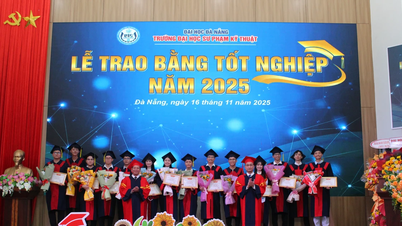













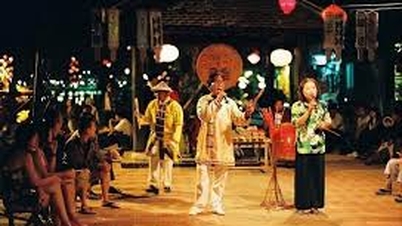












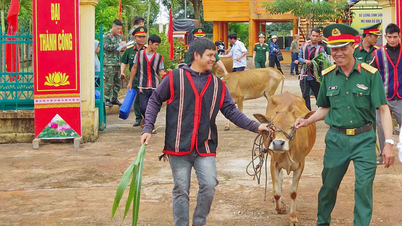
























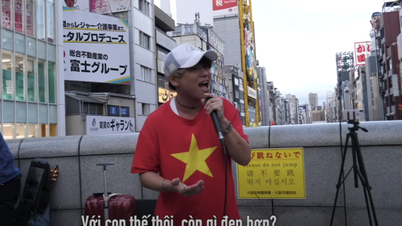
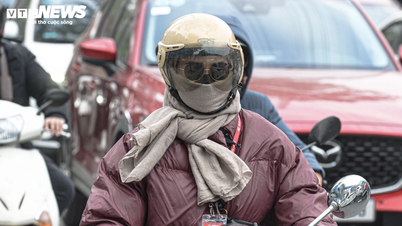




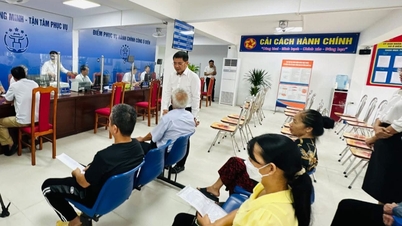






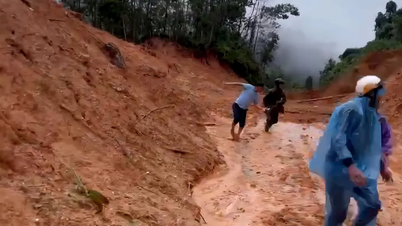
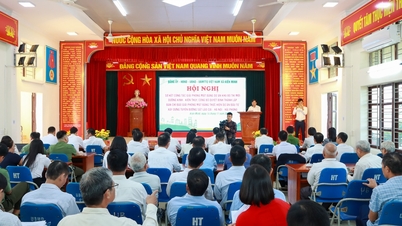


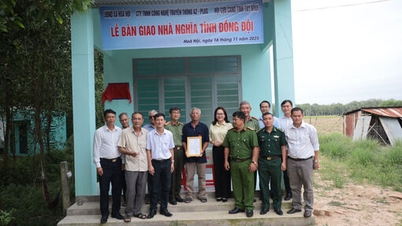

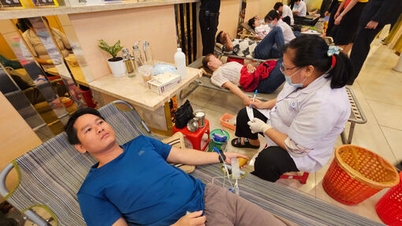
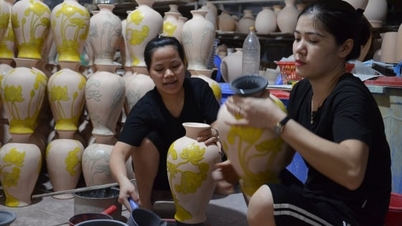







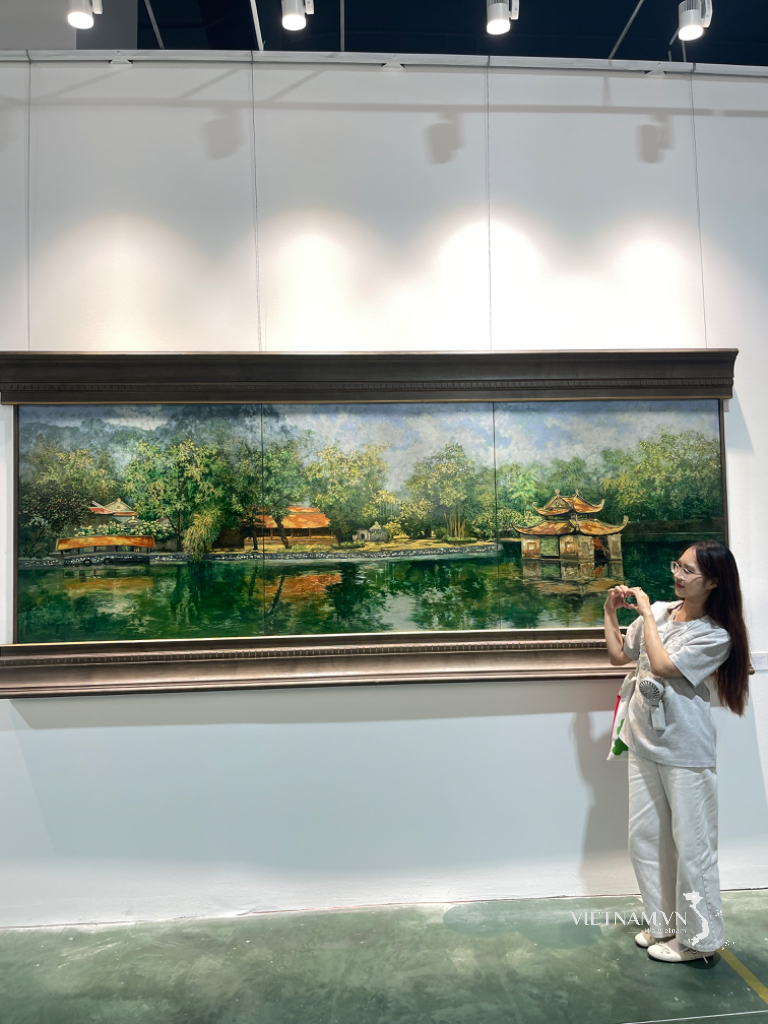



Comment (0)